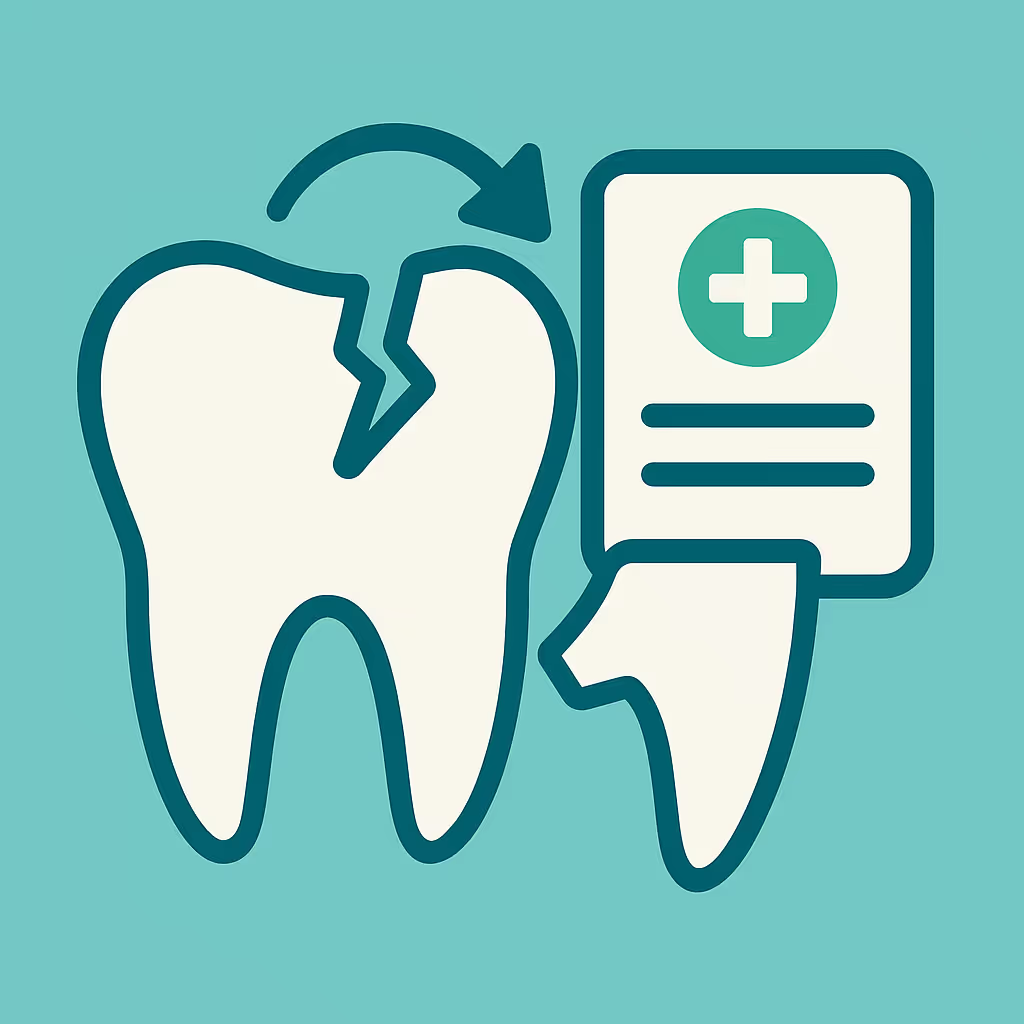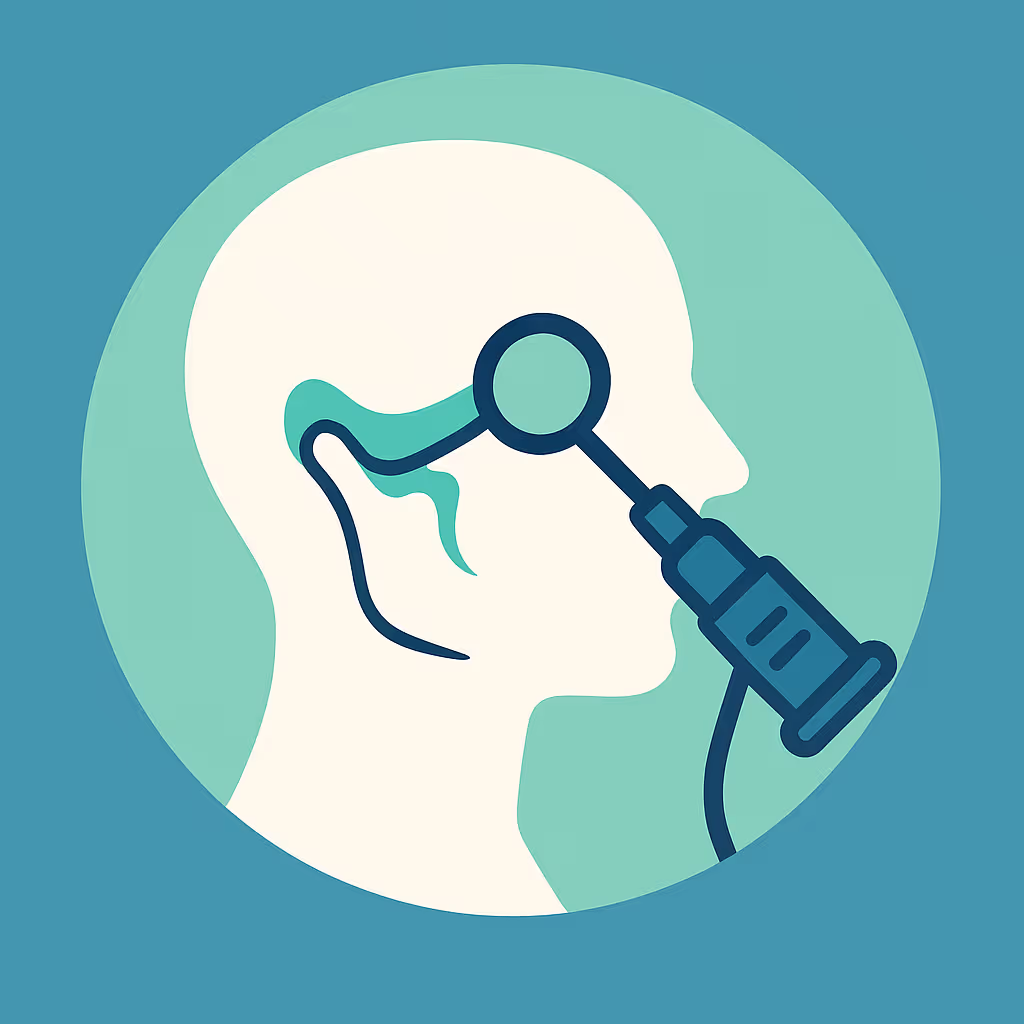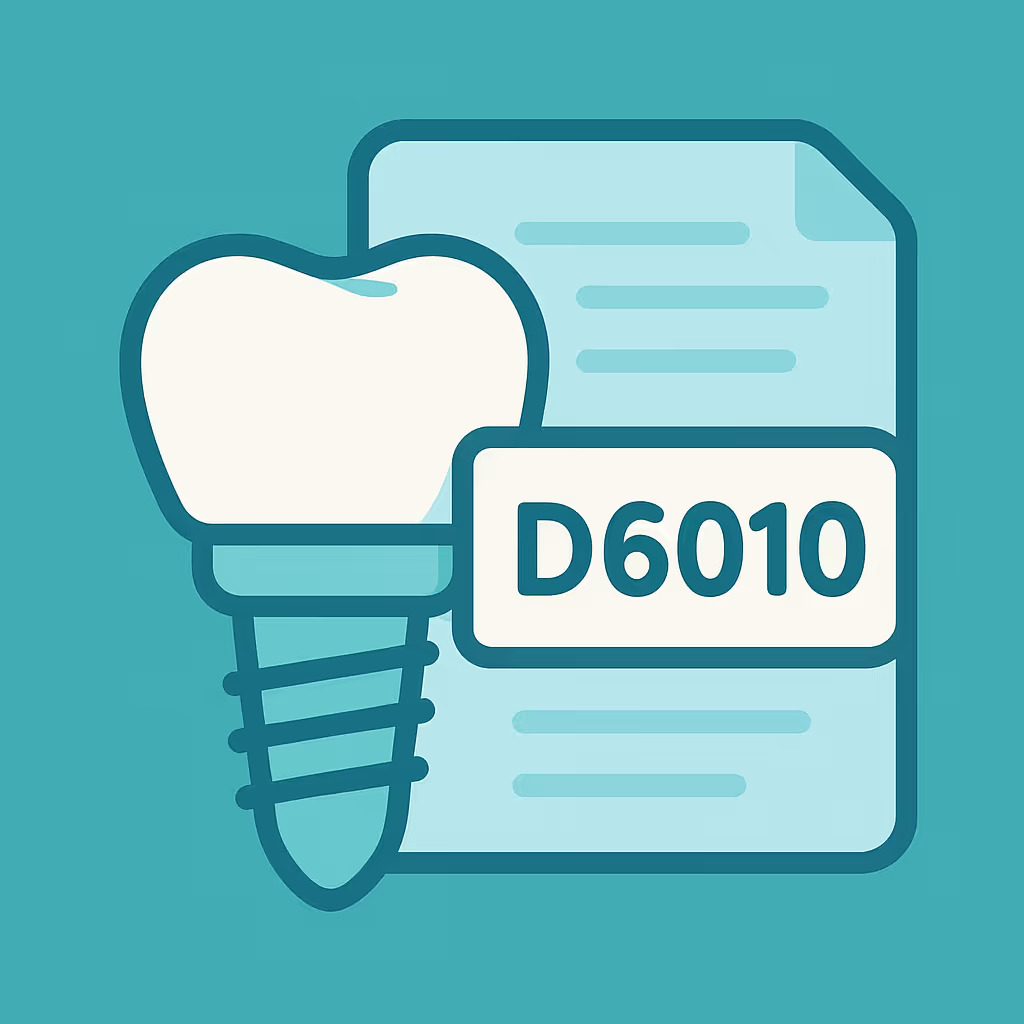Understanding Dental Code D5222
When to Use D5222 dental code
The D5222 dental code is designated for an immediate mandibular partial denture—specifically, a resin base (including any conventional clasps, rests, and teeth) delivered on the same day as extractions in the lower arch. This CDT code should be used when a patient requires the replacement of some, but not all, mandibular teeth immediately following extractions, allowing them to leave the office with a functional prosthesis. It is not appropriate for full dentures or for delayed delivery after healing. Proper code selection ensures accurate billing and minimizes claim denials.
Documentation and Clinical Scenarios
Accurate documentation is essential when billing D5222. Clinical notes should clearly indicate:
- The teeth to be extracted and the planned immediate partial denture
- Pre-operative models or digital scans used for fabrication
- Same-day delivery of the prosthesis post-extraction
- Patient consent and understanding of the immediate denture process
Common clinical scenarios include patients with advanced periodontal disease, trauma, or non-restorable teeth in the lower arch, where immediate function and aesthetics are a priority. If a cast metal framework is used instead, consider D5224 for proper billing.
Insurance Billing Tips
To maximize reimbursement and reduce accounts receivable (AR) delays, follow these insurance billing best practices for D5222:
- Pre-authorization: Submit a pre-treatment estimate with clinical notes, radiographs, and diagnostic models to verify coverage and patient out-of-pocket costs.
- Claim submission: Clearly indicate the date of extractions and the same-day delivery of the partial denture on the claim form. Attach supporting documentation as required by the payer.
- Coordination of benefits: If the patient has dual coverage, ensure correct primary and secondary submission to avoid payment delays.
- Claim appeals: If denied, review the EOB for specific reasons, provide additional clinical justification, and resubmit with detailed narratives and supporting documentation.
Keep in mind that some plans may have frequency limitations or waiting periods for prosthodontic services, so insurance verification is key before treatment begins.
Example Case for D5222
Consider a 58-year-old patient presenting with severe mobility of lower anterior teeth due to periodontal disease. After discussing treatment options, the dentist recommends extraction of teeth #22–27 and immediate placement of a mandibular partial denture. Diagnostic impressions are taken before extractions, and the denture is fabricated in advance. On the day of surgery, the teeth are extracted and the immediate partial denture is delivered, restoring function and aesthetics. The clinical documentation includes pre-op radiographs, consent forms, and a narrative describing the need for immediate replacement. The claim is submitted with code D5222, supporting documentation, and a copy of the pre-treatment estimate, resulting in prompt insurance reimbursement.





